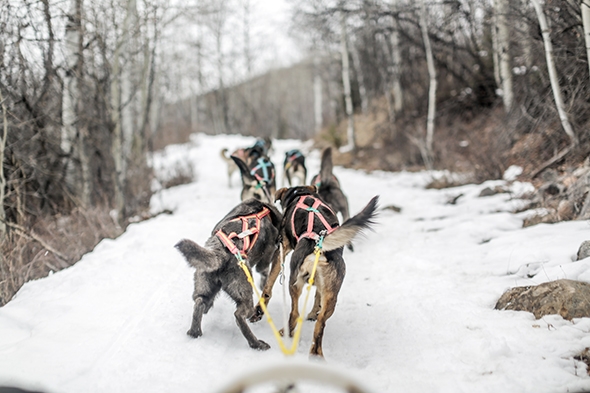
12 Mar Dog Sledding in Utah at Rocky Mountain Recreation
Dog sledding is an activity that we’ve wanted to try for a while. But, as with any activity that involves animal interaction, we questioned if it was a responsible activity and wanted to make sure that we wouldn’t be harming the animals involved.

After reading numerous articles and researching the activity, we found that dog sledding can be a responsible activity, and it actually gives the dogs the chance to do what they love. The dogs long for the chance to get out and run, and as long as you do your research and visit a facility that treats their animals ethically and with care, dog sledding can be a responsible and enjoyable adventure for everyone involved!
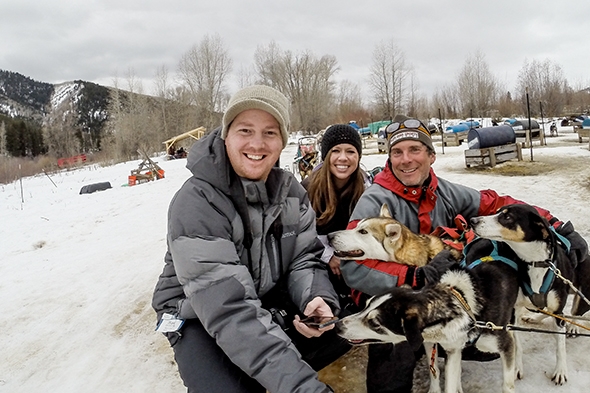
Huskies, along with Malamutes and Samoyeds, are all descendants of the sled dogs that have lived and worked alongside Arctic tribes for thousands of years. Without these dogs, the tribes would have had great difficulties hunting and transporting their supplies and communities. Working is in their nature and you could tell that at a glance when we walked into their kennel area—all the dogs were excited and jumping at the chance to get out on the trail. In fact, the dogs are so eager to run, that when they are harnessed up, you have to make sure to stay on the brake until you are ready to go, otherwise they will take off without you!
When we realized that dog sledding was offered in Utah, we knew we had to try and get it booked. We ended up heading to Rocky Mountain Recreation of Utah about a half hour outside of Park City. Our tour lasted a couple hours and we really enjoyed the entire experience.
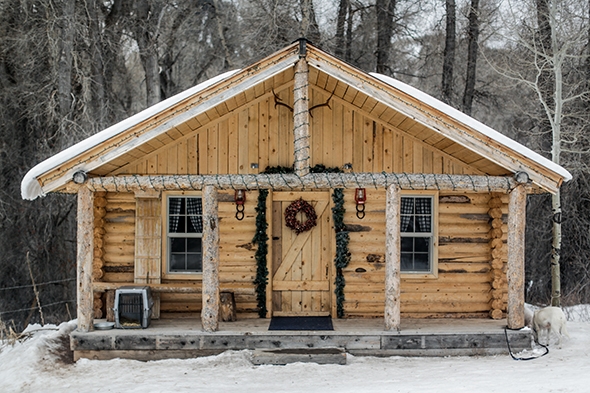
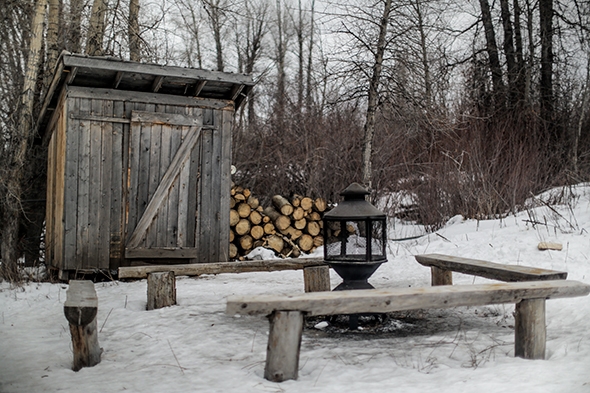
Greg was our musher and guide for the day, and we are so happy we got to ride with him. He and the other guide on site, Miriam, live in Alaska, but this winter they got recruited to offer dog sled tours at Rocky Mountain Recreation in Utah. The dogs they brought with them are some of their own as well as some of their friend’s dogs. Come summer, they will all be heading back home to Alaska and will possibly be returning to Utah again next winter.
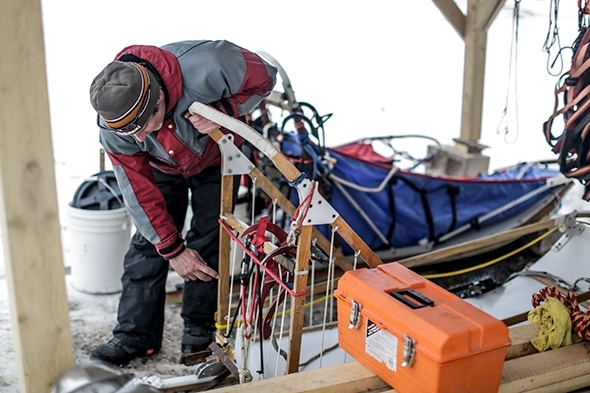
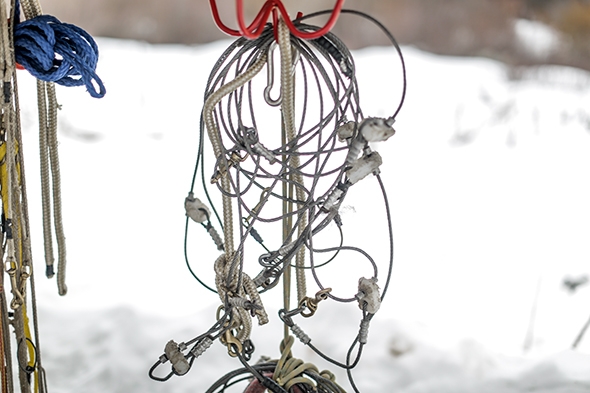
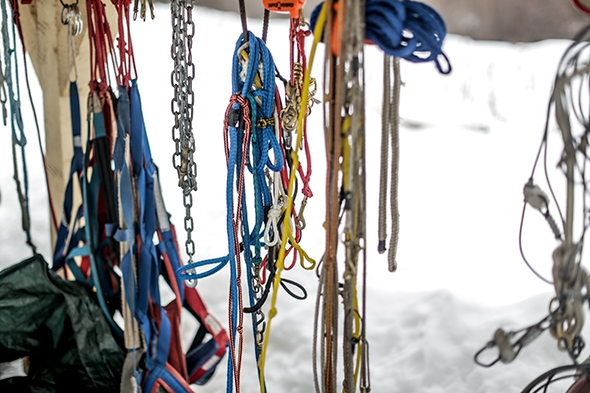
One thing we noticed after spending just a few minutes on site was that the dogs seemed really excited to get out and run. Greg and Miriam run with Alaskan and Polar Husky Dogs, which are part of the breeds that are born to work. Greg is a veteran musher, and although he retired from competitive racing, he was once one of the top mushers in the dog sledding community.
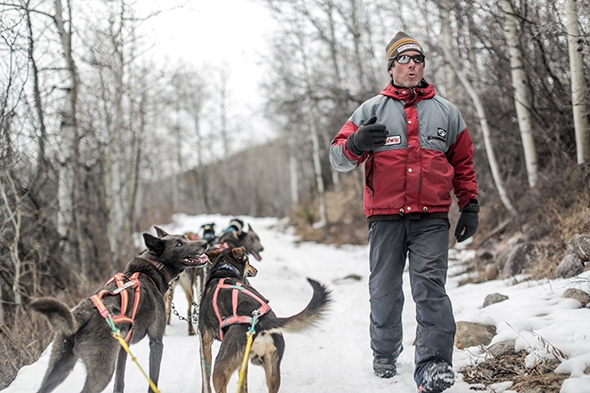
Before the tour started, we had a bit of time to pet the dogs and chat with Greg about what we were getting ourselves into. One aspect I was very impressed with was that he knew each and every one of the dogs and their personalities. Greg explained why he put the dogs in their specific lineup position, and it was largely dependent on the relationships, strengths and weaknesses of each dog. It was interesting to learn about the dynamics and relationships of the dogs we were about to be riding with. Knowing your dog’s personalities, limits and abilities, is very important for keeping the dogs safe and healthy, especially if you are racing. In fact, his ability to do this properly, was one of the reasons he was such a successful racer. Many of the younger and less experienced racers would use a larger number of dogs and push them too hard thinking it would get them ahead, but Greg proved that his smarter and more strategic way of thinking was better for everyone involved.
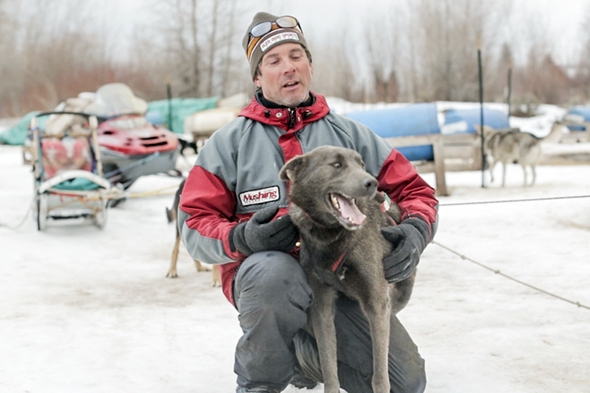
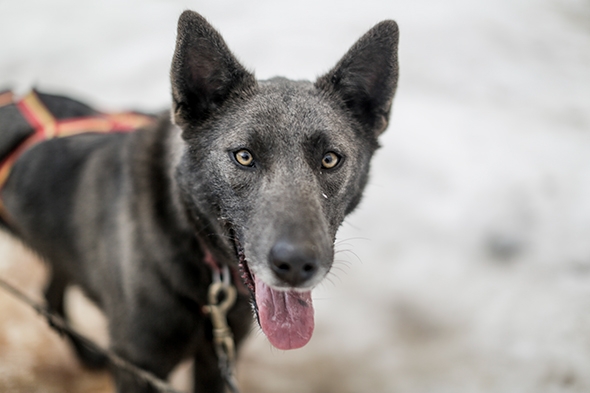
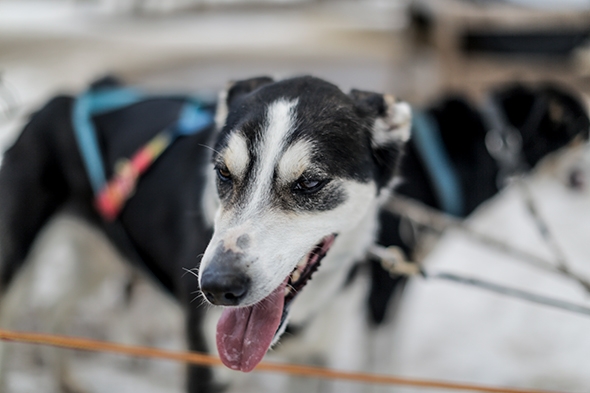
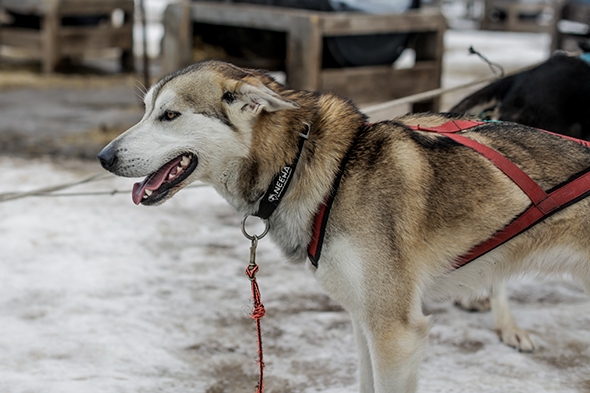
After absorbing all this information, it was time to get out for a ride! Micah ended up sitting in the basket because he was filming, and I got to stand on the back of the sled and be the assistant musher. Greg was so accommodating and helpful, especially with our filming requests. He even let Micah get out a few times to get some awesome shots of us passing by.
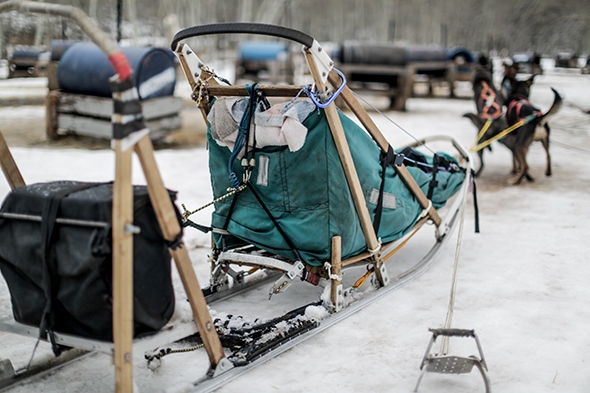
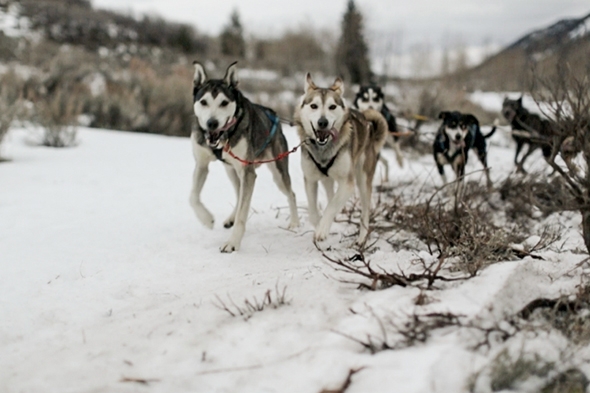
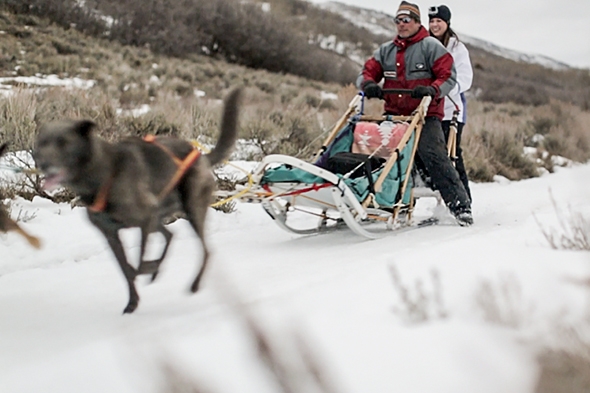
Riding on the back of the sled was an exhilarating experience. The force of the dogs was so powerful–it felt like we were flying through the mountains! We flew around corners, down hills, over rocks, skimmed the edge of the trail, and it was amazing. Some of the trails were quite scary; they twisted and turned along the edge of steep slopes, but that made it even more exciting.
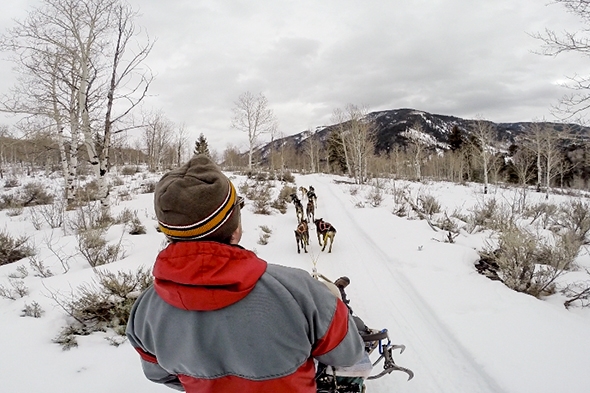
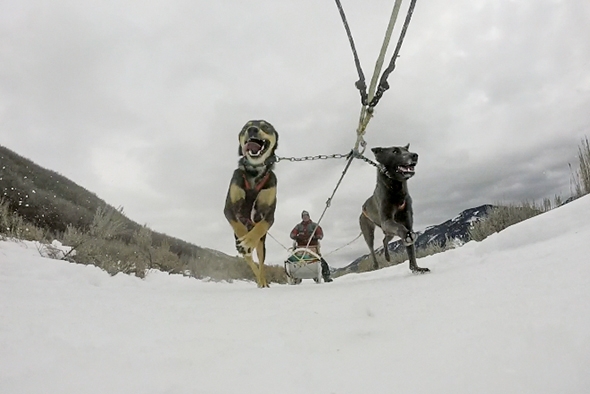
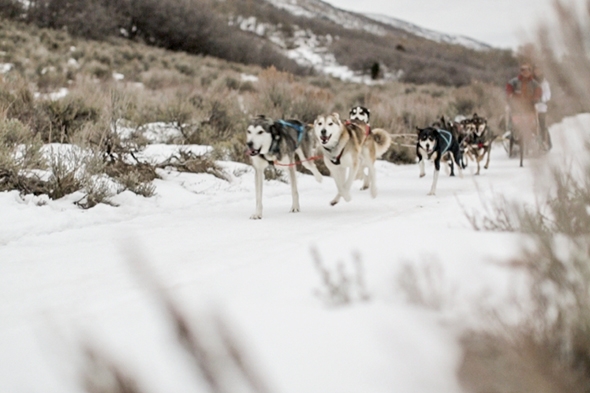
Something to note: when you ride on the back of the sled, it’s definitely not a passive activity—you really have to pay attention and work to steer the sled. It’s almost a bit like skiing and requires balance. At one point, I almost fell off when we were flying around a corner, but thankfully, I ran alongside the sled and was able to jump back on again!
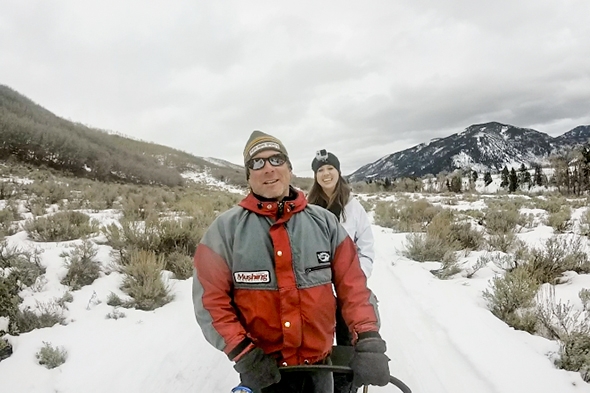
In addition to learning about the sport of dog sledding, we also got to hear stories from Greg’s personal experiences of dog sledding over the years. We heard about his strategies for racing, all about the Iditarod race, and even a scary story that involved him getting tangled up and dragged for miles in the dog’s harnesses.
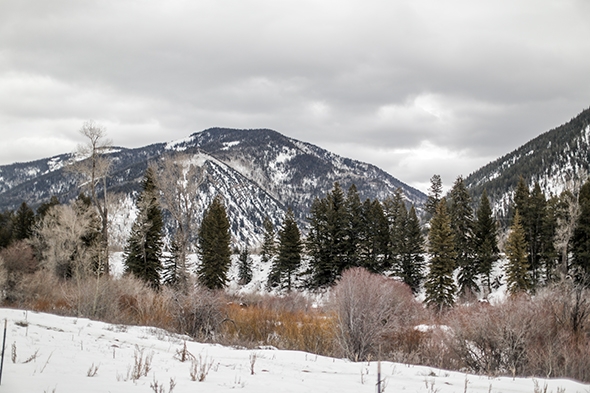
The stories, combined with the scenery and exciting adventure was enough to surpass our expectations. We had such an amazing time that we had to go dog sledding again when we were in Colorado. One of these days, we would love to join and document a longer polar expedition, somewhere in the Arctic—there is something about this unique sport, the terrain and the history surrounding it that really intrigues us!
Have you ever been dog sledding? If not, would you ever want to give it a try?
We went on this adventure while working on our video project with Best Western–if you would like to see the entire video we produced, check it out here!

